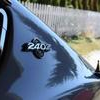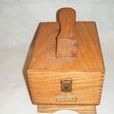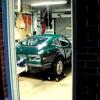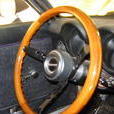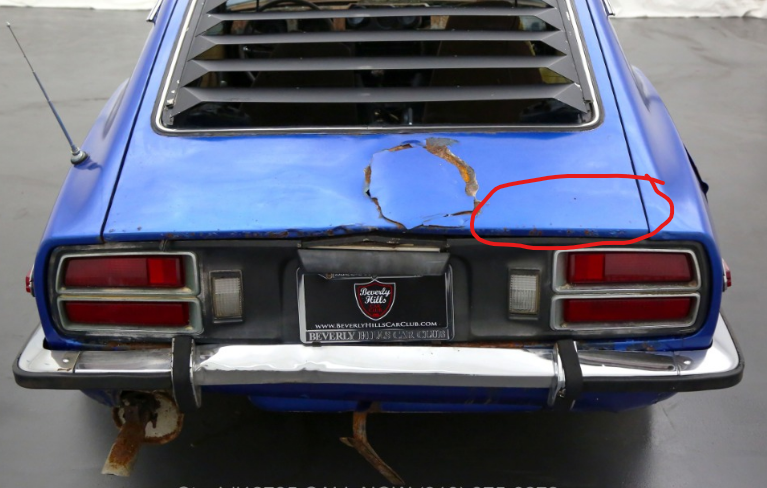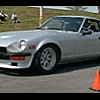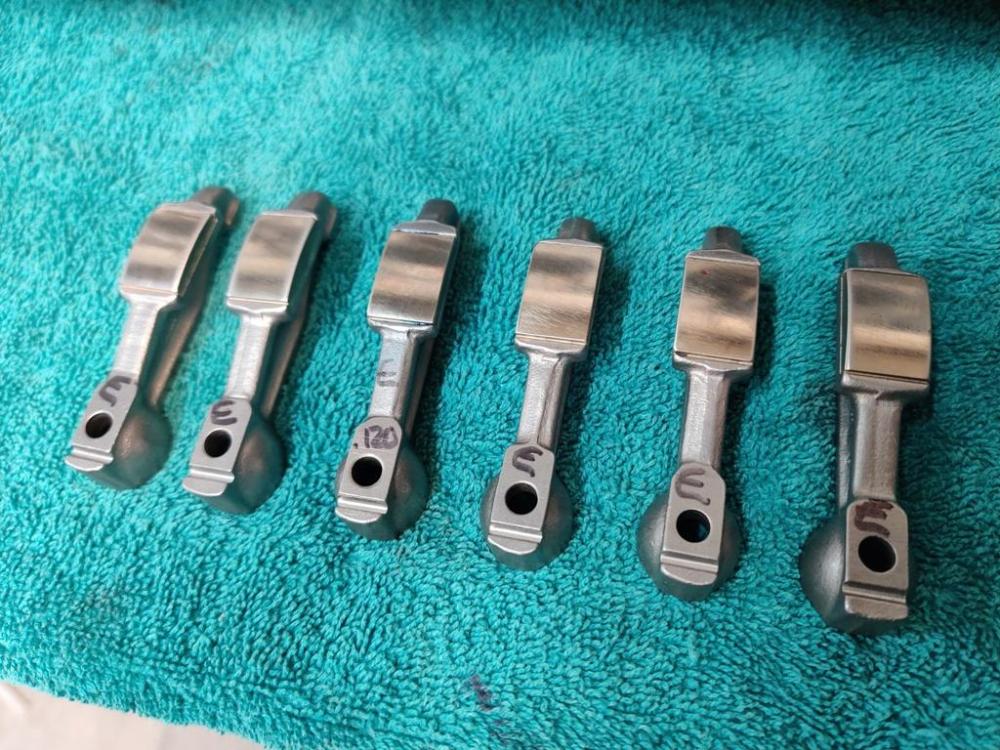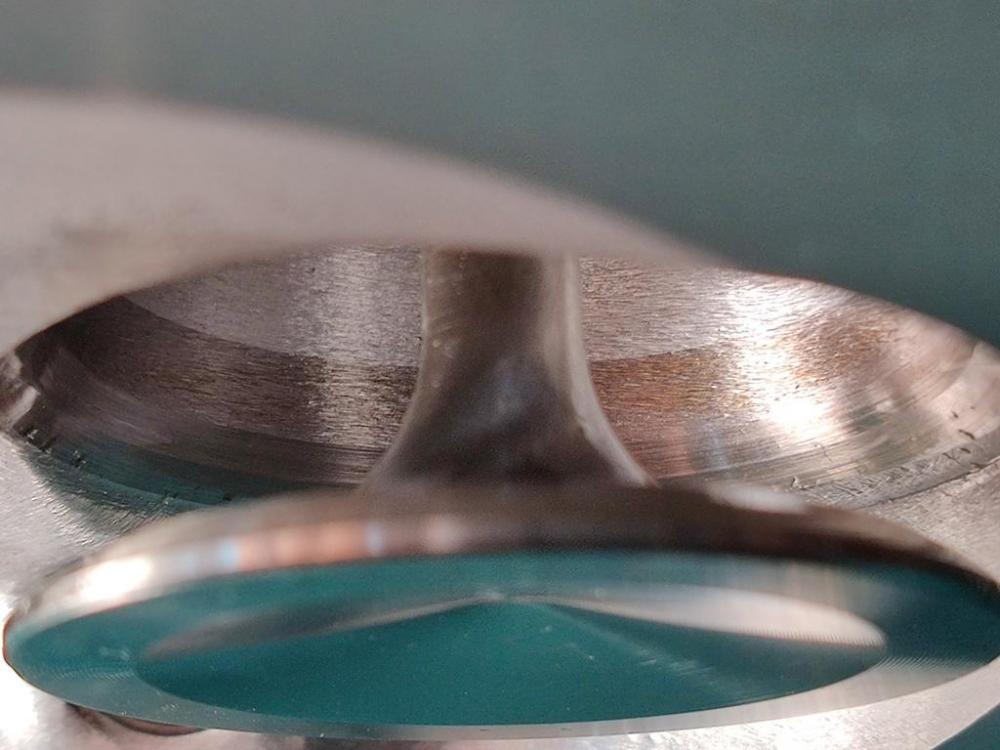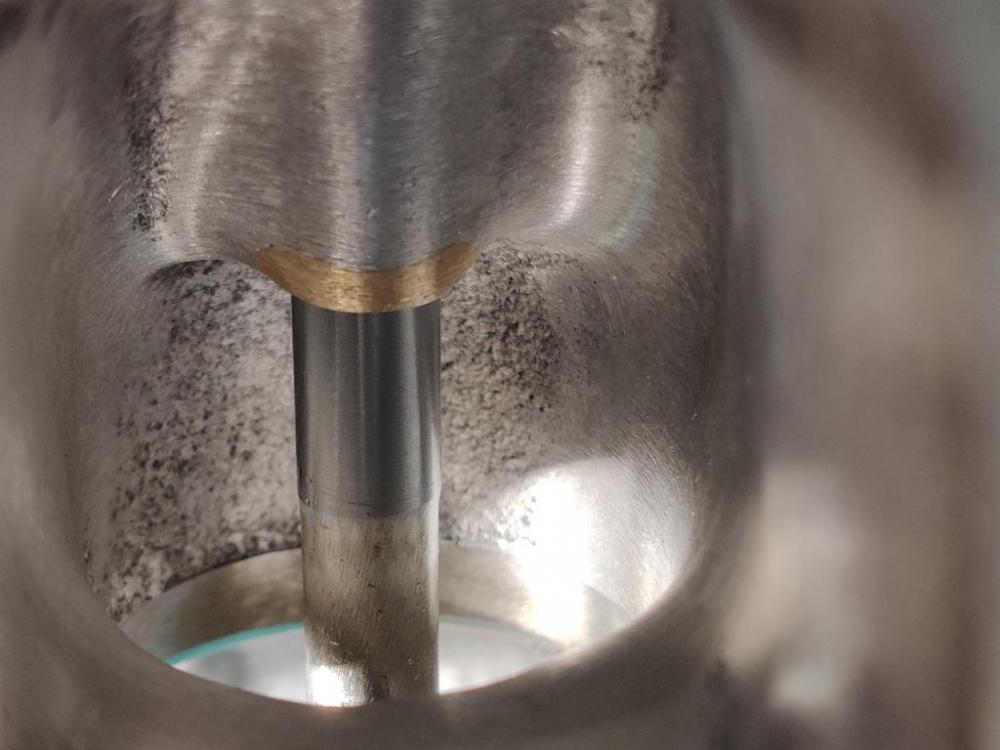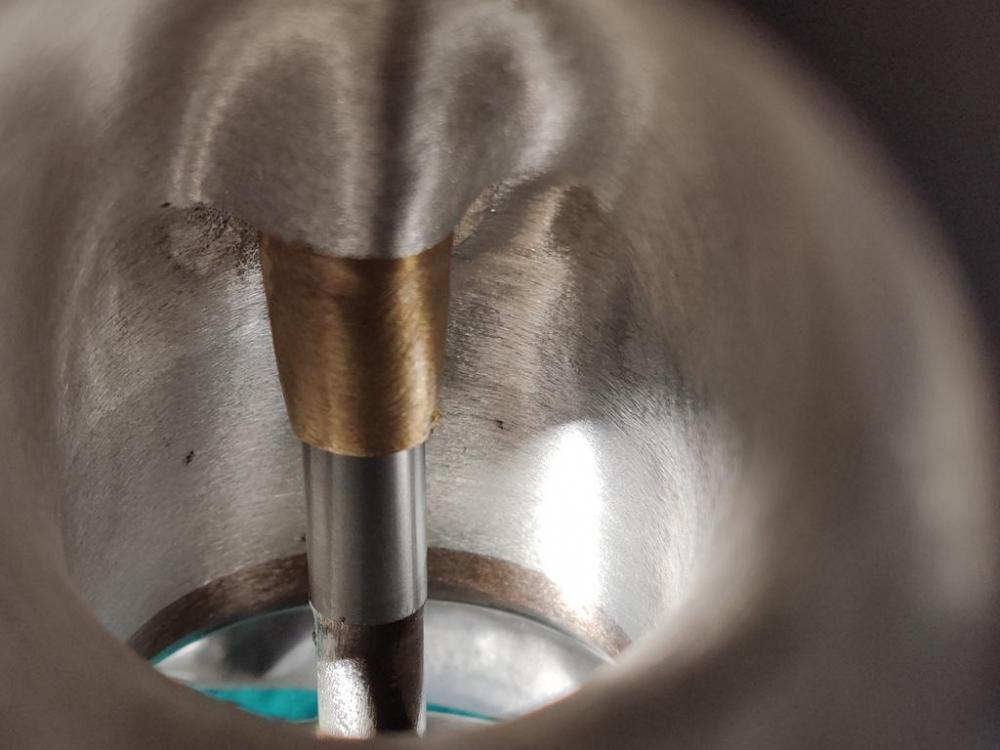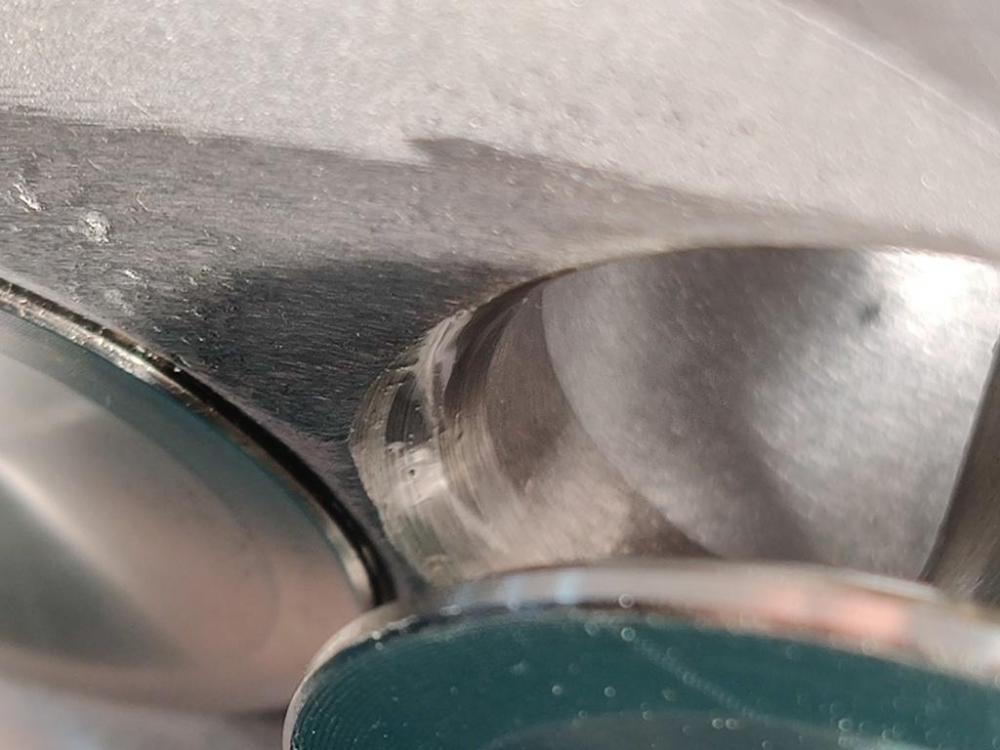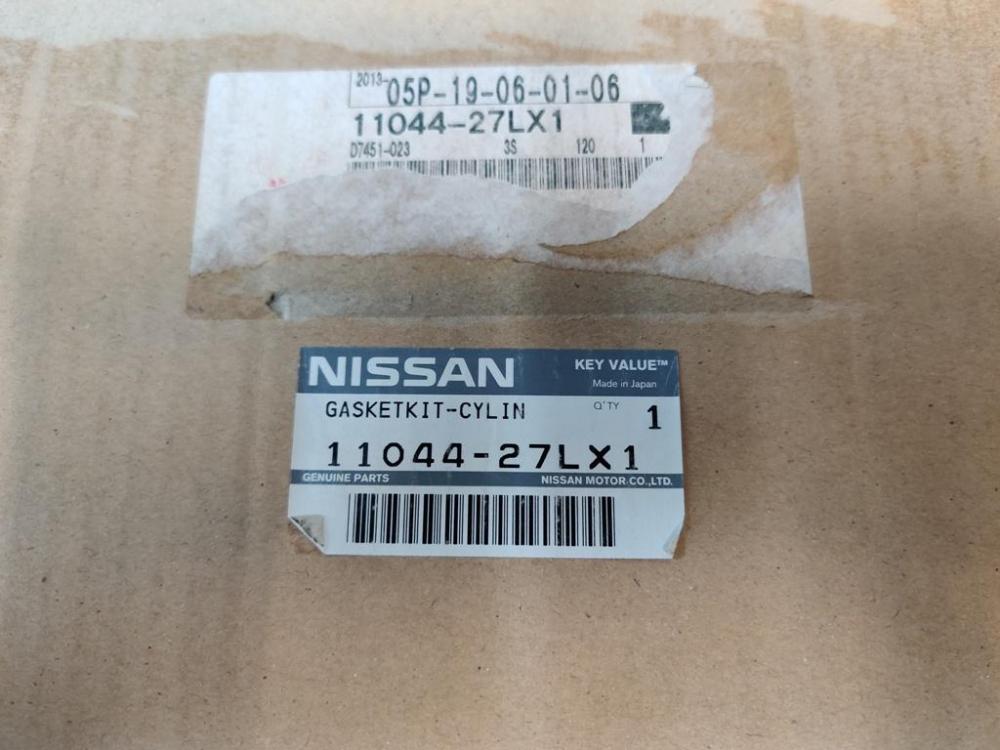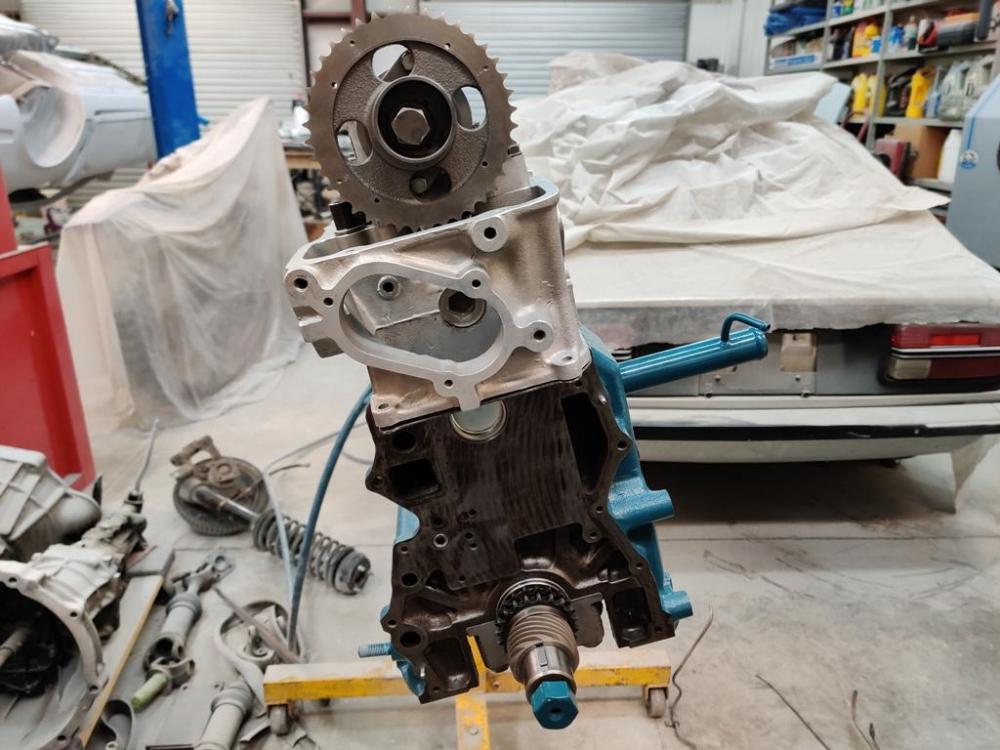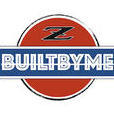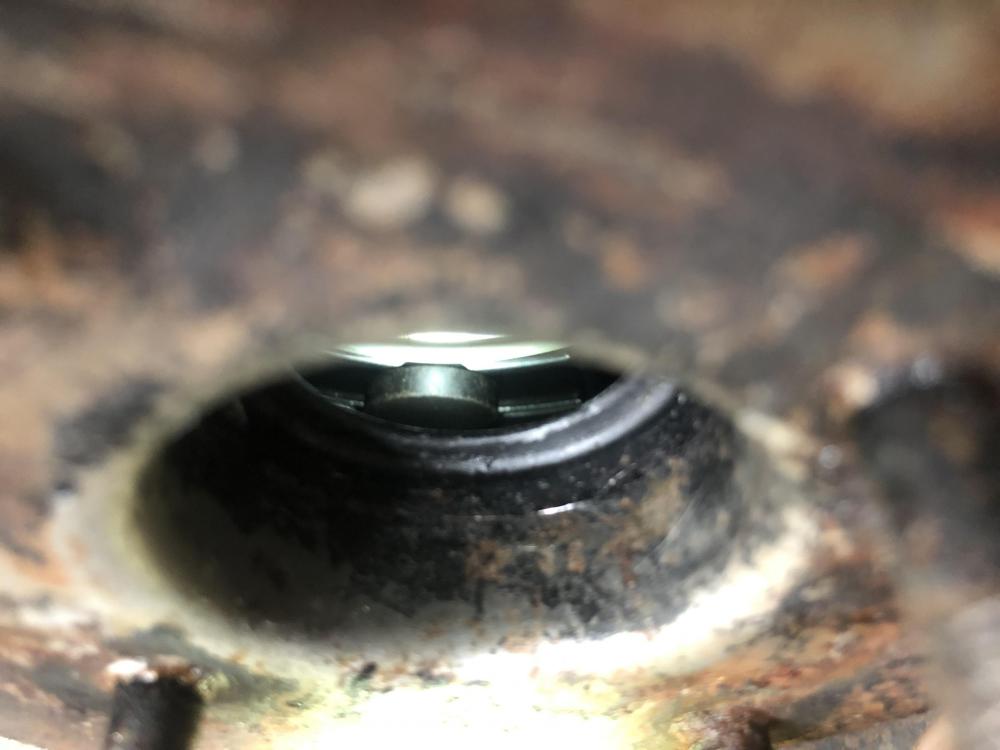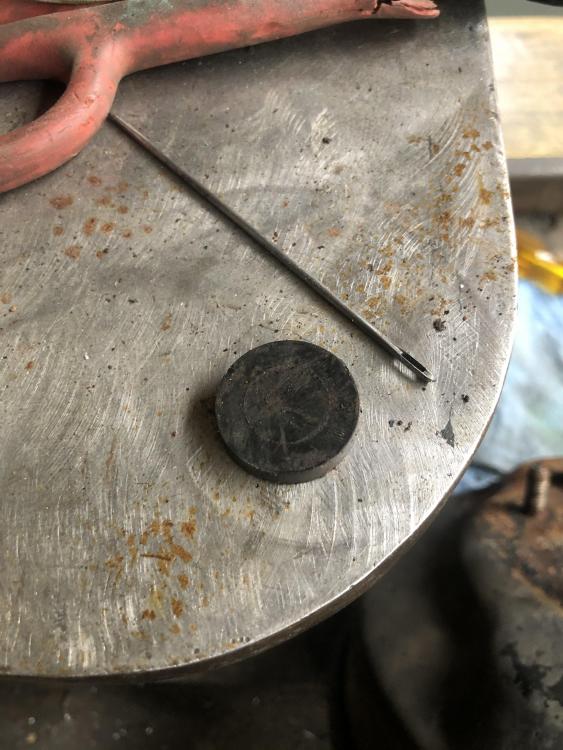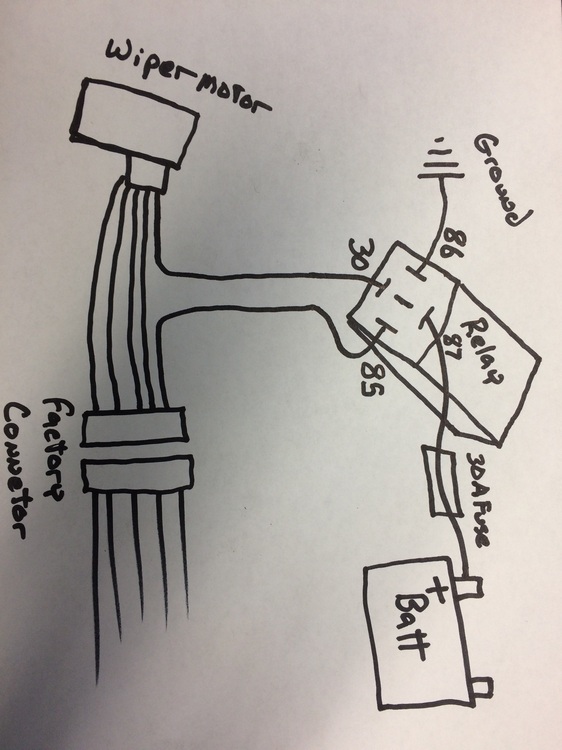welcome to the world of old cars. You will become a old school mechanic, prob a better one than a modern era mechanic that works on modern era cars, if you keep the car. There is no OBD, so you have to learn the old school way, using your eyes, ears, nose, brain, and the FSM. A few simple tools like a VOM (DMM today), a test light, will go a long way.
The upside is these cars are VERY simple when compared to modern OBD cars, the down side is just about every system can be suspect since you are dealing with not only 40+ year old wiring and parts, but also prior owner hacks. Still the basics apply, compression, fuel, air, spark, timing. Get those right and it will run, has too.
You should start compression, a base line reading just so you can scratch that off the list. Next spark order, again easy stuff, prob not the issue, but check off the list.
fuel, get a pressure gauge and read the FSM
air, new air filter, smoke out the system to find vacuum leaks, make sure the throttle is opening, easy stuff
Spark, start with some new NGK plugs, verify they actual spark by pulling one, lay it on the valve cover and crank the engine.
Injectors working, you can listen for them clicking with a stethoscope or even just a long screw driver on the injector and listen to the other end. They could be clogged so look at the new spark plugs see if they are getting wet with fuel.
common issues NOT addressed in the FSM, faulty intermittent start switch, bad grounds, corroded wires. So look into those as well. there are YouTube videos on how to check start switch.









